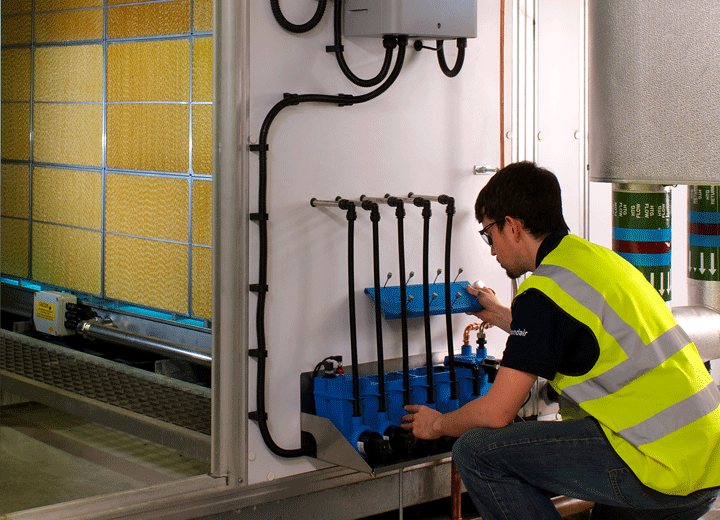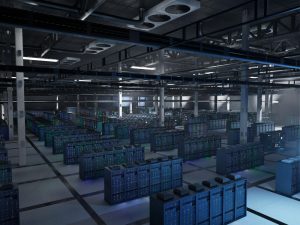Water crises are becoming more pronounced throughout the world, and America is not exempt from them. In this sense, they are betting on air conditioning technologies, which have water and energy recirculation characteristics. These recirculating systems have a substantial saving of resources, and precisely, a rather thrifty and efficient technological device has been the humidifier.
For example, ultrasonic saving systems are a reliable example of efficient energy consumption, in addition to providing ecological benefits, especially in the industrial field. It is not only the real perception of saving electricity but also water.
Ultrasonic-type humidification mechanisms
Ultrasonic-type humidification mechanisms are examples of some models within a whole range of industrial or home systems. Ultrasonics generally work best in cubicle homes or offices, where unprecedented electricity savings are perceived. But there are also those rotor systems, or those with a much more robust constitution, which are even added to huge central systems or chillers.
A good mechanism of this class must have easy-to-understand instructions, not only for its installation but also for its operation in the environment where it is installed. Likewise, the instructions of each system must be clear, with its proper indications in modules, terminals, and connectors, because a lot will depend on that, to make full and efficient use of the system. Digital controls must have a simple interface that provides the necessary humidification parameters. In this way, the energy aspect will be taken care of, knowing the exact evaporation capacities with a ratio of liters or milliliters per hour. The measurements that are made, have to have real scopes in cubic meters, and thus, discern the need to have these devices in an industrial warehouse that is managed by modules, or that is applied to a large area in general, with parameters accurate humidity and temperature.
In general, the operation of a conventional humidifier is through channeling the water toward the upper tray of the system, to provide a rapid distribution towards the environment. The outlet mechanisms of a humidification system contain elaborate trays, with outlet devices, very well designed according to scientific ergonomics.
Humidifier systems can be complemented with recirculation components, such as those usually used in heating or cooling, providing even greater energy efficiency. How does this work? The dry and hot air enters and circulates through the evaporator, charging with natural humidity, which will circulate over a specific area to refresh it; This properly configured circulation will allow us not to depend so much on conventional air conditioning, especially in hot climates, where energy consumption peaks tend to shoot up even more.
When acquiring a humidification system, regardless of the brand or manufacturer, it will always be essential to review the components it has, such as a float in several phases, which serves to avoid water overflows, and there is no marked waste. If the flotation components are not enough for the adaptation of an industrial or commercial system, then you will have to work on an adaptation of pipes, to channel the water that goes to the drain as best as possible, or failing that, take it to a pump of condensation; The key to all this lies in avoiding a possible humidity problem in a certain area, and if a water recirculation pump can be adapted in the process, it will be much better.
The high-quality ultrasonic humidifier
The high-quality ultrasonic humidifier will have clear maintenance instructions, where even people who are not trained in HVAC issues can adjust the necessary components to avoid device failures, or even easily repair the system. In more serious issues of breakdowns, then the intervention of an air conditioning specialist will be necessary.
Likewise, water quality is an inherent reason for implementing a humidification project, whatever the item. Occupational or civilian health and safety depends a lot on the use of reliable water sources, which do not have minerals that compromise the equipment, much less pose a risk to people’s health.
The good supply of water will depend a lot on its pressure, by ensuring the flows that are needed for the transportation of mist. The quality of the water is closely tied to the microbiological conditions; it must be ensured that there are no legionella or other dangerous parasites, nor metallic or glass aspects.




